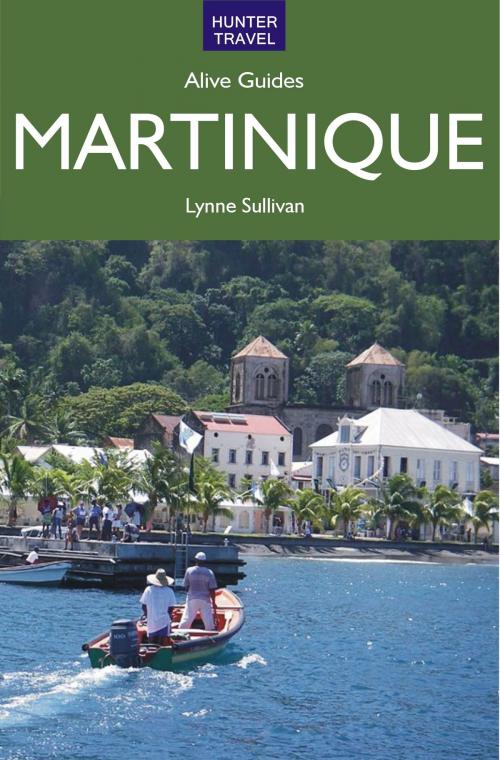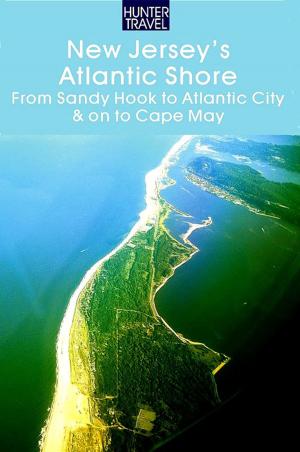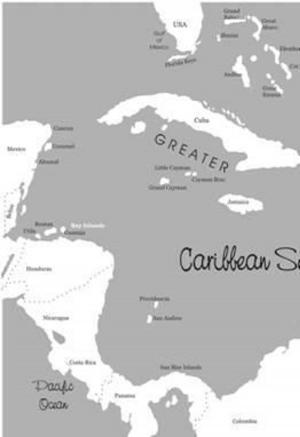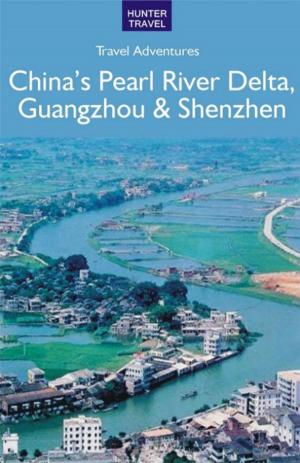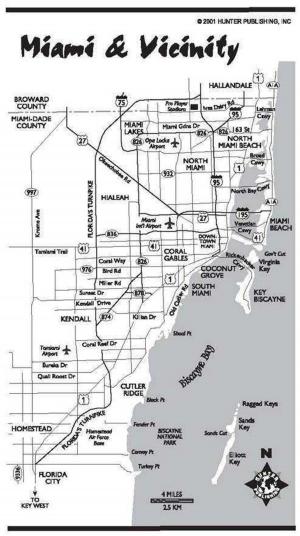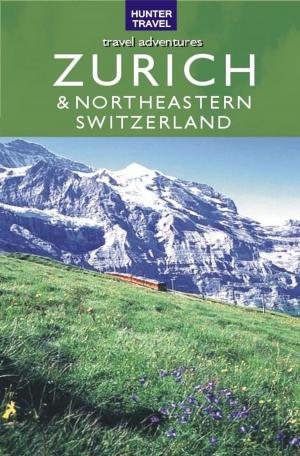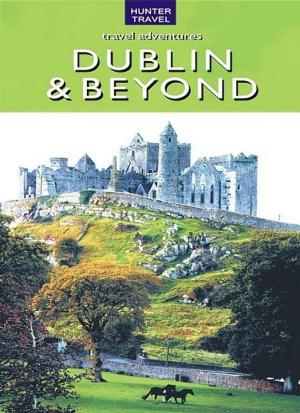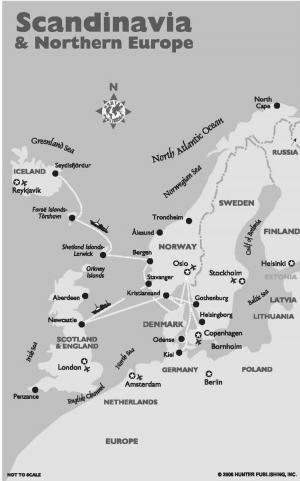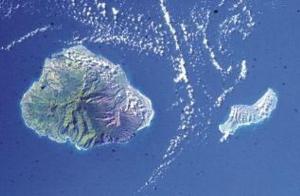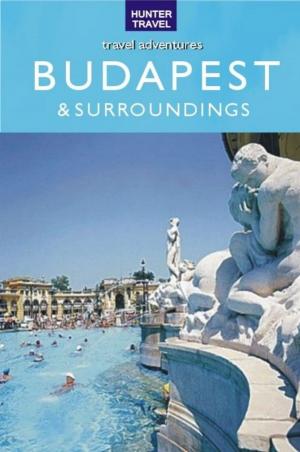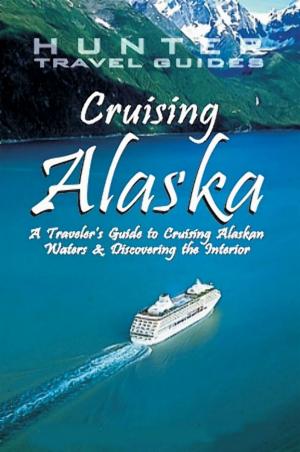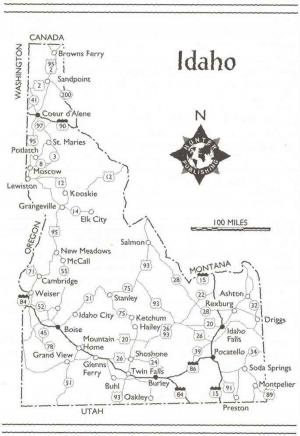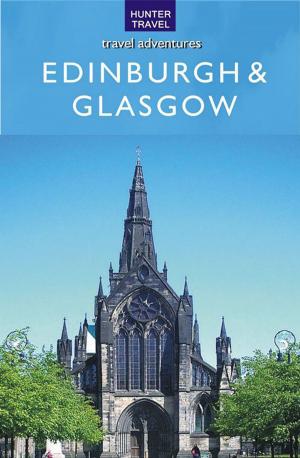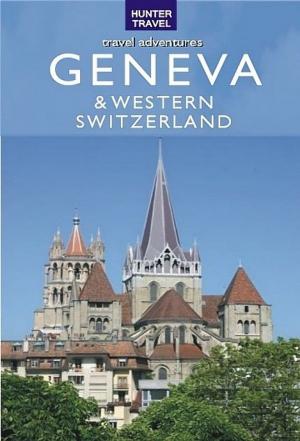| Author: | Lynne Sullivan | ISBN: | 9781588437082 |
| Publisher: | Hunter Publishing | Publication: | April 12, 2011 |
| Imprint: | Language: | English |
| Author: | Lynne Sullivan |
| ISBN: | 9781588437082 |
| Publisher: | Hunter Publishing |
| Publication: | April 12, 2011 |
| Imprint: | |
| Language: | English |
The earliest inhabitants called it the island of flowers and Christopher Columbus was so awed by it that he wrote "it is the best, most fertile, the softest... the most charming place in the world." You'll understand these accolades when you see Martinique for the first time. The volcanic mass is covered in luxuriant greenery, outlined in soft sand and sprinkled with colorful blooms. Part of the Lesser Antilles, the island is separated from its French sibling, Guadeloupe, by the British island of Dominica. Mont Pelée, a 4,470-foot active volcano, dominates the far northern region and the lofty peaks of the Pitons du Carbet tower over the central plains. Inland, a dense rain forest provides shelter for an array of wild vegetation. To the south, the terrain turns hilly with rounded formations called mornes, and uncommon succulents thrive in the arid soil. Tourists are drawn to the white-sand beaches that line the southern coast washed by the Caribbean to the west; battered by the Atlantic on the east. Most of the island's activity is centered around the bay that cuts deeply into the southwestern shoreline. The bustling capital city of Fort-de-France wraps around the north side of this bay. The most popular resort towns stretch along its south side. Martinique has traditionally been called "the Paris of the Antilles" and "a little piece of France in the Caribbean." Evidence of this truth is everywhere and, although there are other French Caribbean islands, Martinique radiates more of the culture and charm of cosmopolitan Paris. Restaurants serve haute cuisine, stores display haute couture and people speak haute Français. However, in true West Indies fashion, you're just as likely to be served spicy Créole at a beach-side café by an islander wearing madras and speaking thickly-accented patois. Don't let rumors of unfriendly French islanders keep you away from this fabulous vacation spot. Perhaps the locals were a bit aloof in the past, but recently they have taken giant steps toward making Americans feel welcome. Most hotels employ English-speaking staff. Traffic signs are being posted in both French and English. Taxi drivers, tour guides, shopkeepers and restaurant employees are taking language lessons and anxiously looking for occasions to practice their pronunciation. This is a unique and highly detailed guide to the island, with full information on all of the hotels, restaurants and things to see and do. It is excerpted from the 650-page Martinique, Guadeloupe, Dominica & St. Lucia Alive guide.
The earliest inhabitants called it the island of flowers and Christopher Columbus was so awed by it that he wrote "it is the best, most fertile, the softest... the most charming place in the world." You'll understand these accolades when you see Martinique for the first time. The volcanic mass is covered in luxuriant greenery, outlined in soft sand and sprinkled with colorful blooms. Part of the Lesser Antilles, the island is separated from its French sibling, Guadeloupe, by the British island of Dominica. Mont Pelée, a 4,470-foot active volcano, dominates the far northern region and the lofty peaks of the Pitons du Carbet tower over the central plains. Inland, a dense rain forest provides shelter for an array of wild vegetation. To the south, the terrain turns hilly with rounded formations called mornes, and uncommon succulents thrive in the arid soil. Tourists are drawn to the white-sand beaches that line the southern coast washed by the Caribbean to the west; battered by the Atlantic on the east. Most of the island's activity is centered around the bay that cuts deeply into the southwestern shoreline. The bustling capital city of Fort-de-France wraps around the north side of this bay. The most popular resort towns stretch along its south side. Martinique has traditionally been called "the Paris of the Antilles" and "a little piece of France in the Caribbean." Evidence of this truth is everywhere and, although there are other French Caribbean islands, Martinique radiates more of the culture and charm of cosmopolitan Paris. Restaurants serve haute cuisine, stores display haute couture and people speak haute Français. However, in true West Indies fashion, you're just as likely to be served spicy Créole at a beach-side café by an islander wearing madras and speaking thickly-accented patois. Don't let rumors of unfriendly French islanders keep you away from this fabulous vacation spot. Perhaps the locals were a bit aloof in the past, but recently they have taken giant steps toward making Americans feel welcome. Most hotels employ English-speaking staff. Traffic signs are being posted in both French and English. Taxi drivers, tour guides, shopkeepers and restaurant employees are taking language lessons and anxiously looking for occasions to practice their pronunciation. This is a unique and highly detailed guide to the island, with full information on all of the hotels, restaurants and things to see and do. It is excerpted from the 650-page Martinique, Guadeloupe, Dominica & St. Lucia Alive guide.
